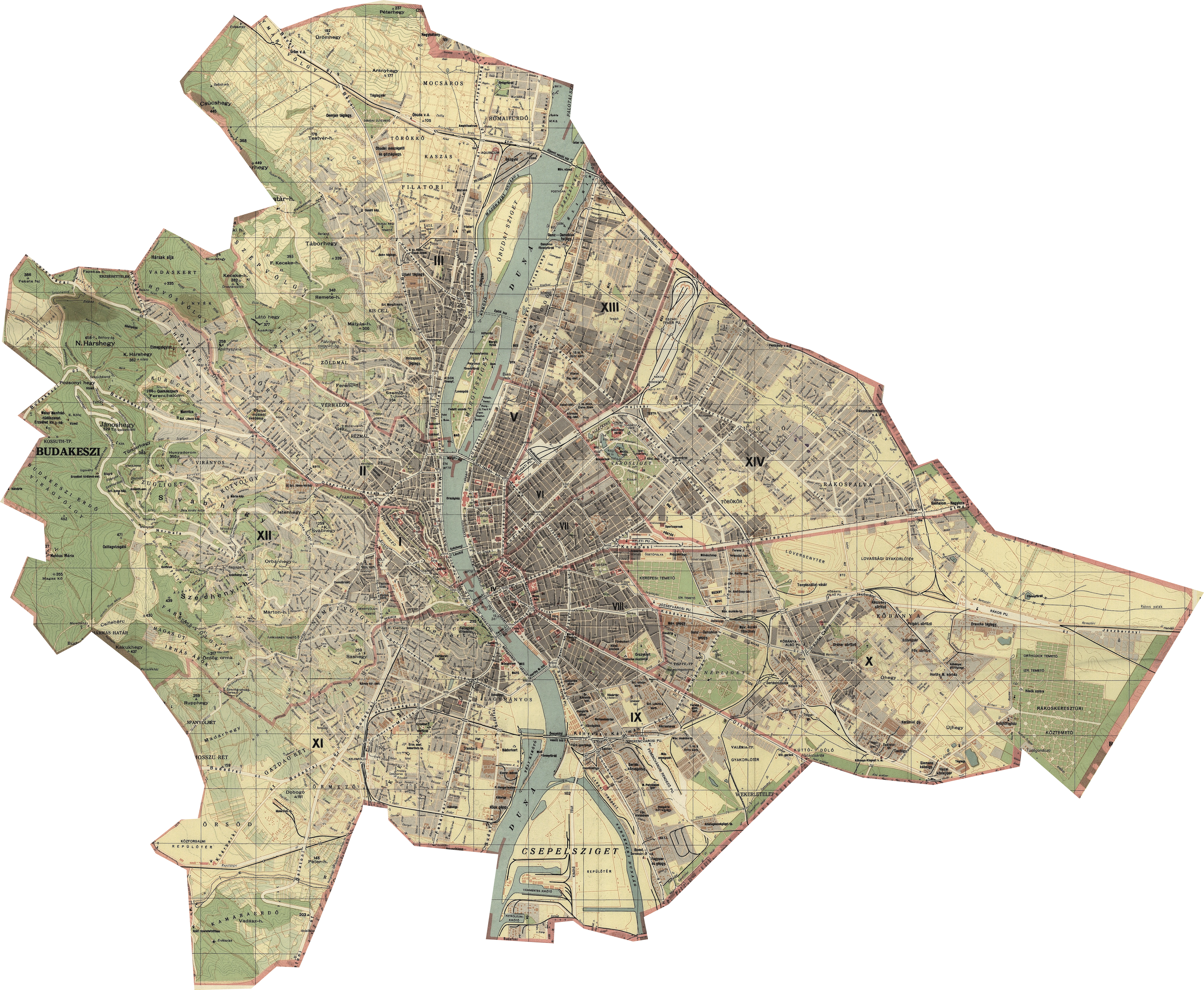- About
- House List
- June 21
- Historical Background
- Videos


- HU
- Testimonies
- Partners
- Media Coverage
 | THE BUILDING TODAY (1445) | |
 | DEMOLISHED BUILDING (388) | |
 | YELLOW-STAR AND "PROTECTED" HOUSE (98) | |
 | "PROTECTED HOUSE" (21) | |
 | BORDERS OF BUDAPEST IN 1944 | |
 | GHETTO | |
 | JUNE 21 (113) | |
Yellow-Star House

A network of almost 2,000 Budapest apartment buildings designated compulsory residences for Jews from June 1944. Already in May, the Interior Ministry had limited Jews’ access to bath houses, hotels, restaurants and cinemas, and prescribed certain times of day when Jews were allowed to buy rationed groceries.
hile houses inhabited by Jews were occasionally marked in Germany, and Nazi-occupied France and the Netherlands, the Hungarian legal prescription of marking all houses in which Jews were obliged to reside was unique in the history of the Holocaust.
The mayor of Budapest issued the first decree and a list of over 2,600 designated houses on June 16, and a second decree on June 24, with a final list of 1,944 designated yellow-star houses, with the aim to forcibly relocate and concentrate the Jewish population of the city. In the intervening period, residents submitted petitions to Budapest Metropolitan Council: non-Jews wanted their houses removed from the list, while Jewish residents wanted their houses added. Compared to the first June 16 list of houses, the second list contained far fewer houses on the western Buda side of the Danube.
Protected House

A network of houses under Swedish, Swiss and International Red Cross protection from November 1944, the vast majority of which were in the “international ghetto” in Újlipótváros, the 13th district, between Szent István Park, Szent István Boulevard, Csáky Street (today Hegedűs Gyula Street) and Wahrmann Street (today Victor Hugo Street). Despite the houses’ protected status, residents were not safe from frequent armed Arrow Cross raids.



